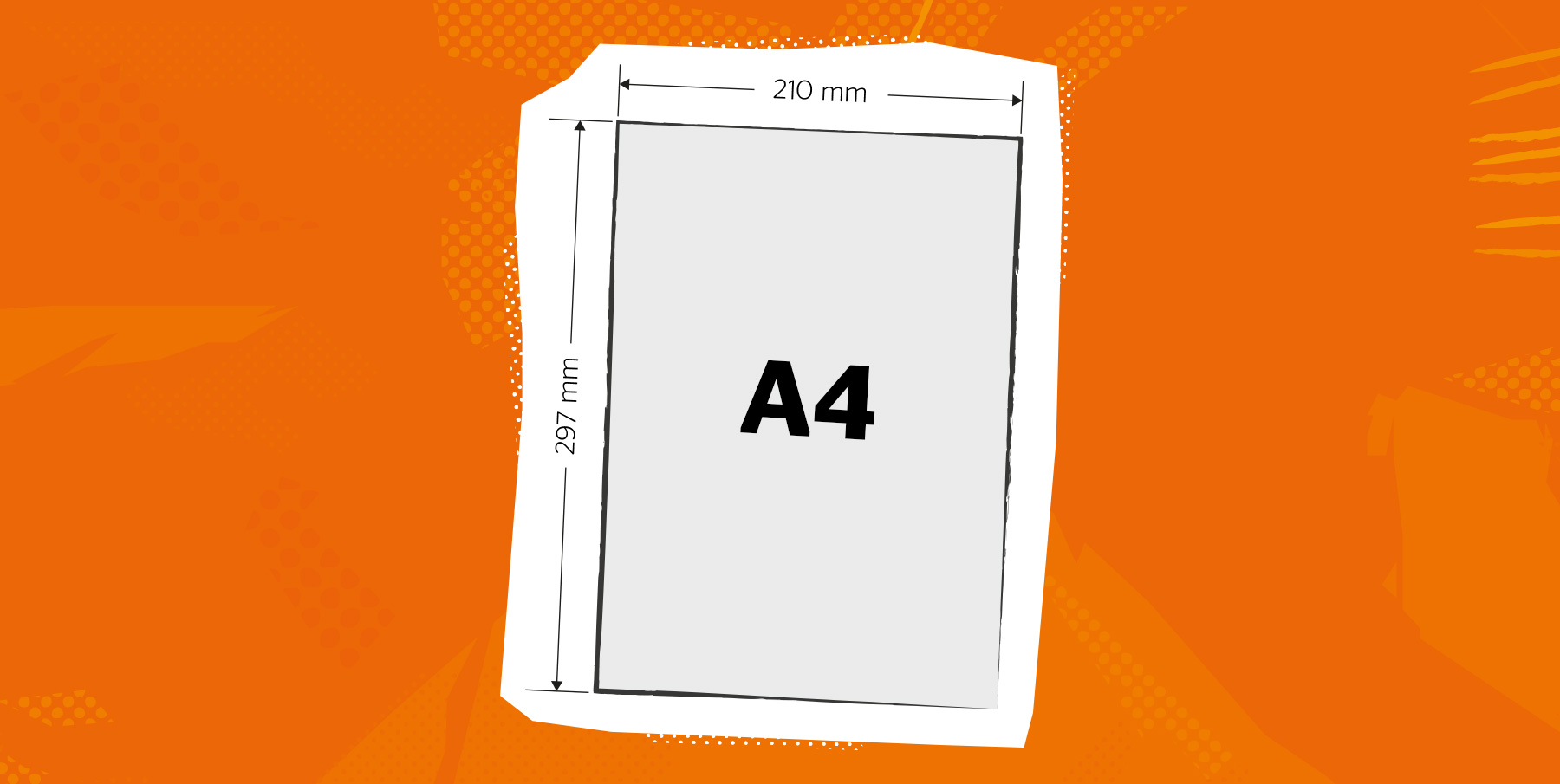As we all know, paper comes in different sizes and dimensions. One of the most commonly used paper sizes is the A4 size. But what exactly is the A4 page in mm? In this article, we will delve into the details of this standard measurement for paper size, its history, and its use in today’s modern world.
History of A4 Page in mm

The concept of standard paper sizes began in Germany in the 1920s, with the introduction of the DIN (Deutsches Institut für Normung) system. This system was created to standardize paper sizes and make it easier for manufacturers to produce them. In 1975, the International Organization for Standardization (ISO) adopted the DIN system as the international standard for paper sizes.
The A series of paper sizes, starting with A0 as the largest and A10 as the smallest, were derived from the DIN system. The A4 size, which measures 210mm x 297mm, was established as the standard for business correspondence and documents. It quickly gained popularity due to its convenient size and became the most commonly used paper size in many countries, including the UK, Europe, and parts of Asia.
Understanding the A4 Size in mm

The A4 size measures 210mm x 297mm, or approximately 8.3 inches x 11.7 inches. It has an area of 623.70 square centimeters and is equivalent to half the size of an A3 paper, twice the size of an A5 paper, and four times the size of an A6 paper. The A4 size is also known as a “letter” size in the United States and Canada, where letter-sized paper measures 215.9mm x 279.4mm.
One important thing to note is that the A4 size is not a perfect square. The ratio of its sides is 1:√2, which means that if you fold an A4 paper in half widthwise, the resulting dimensions would be identical to those of an A5 paper.
The A4 size is widely used in various industries such as printing, publishing, and office supplies. It is also the standard size for many documents, including resumes, letters, and reports.
Benefits of Using A4 Page in mm
- Convenient Size: The A4 size is considered the perfect size for documents as it provides enough space for content while still being easy to handle and store. Its size also makes it suitable for printing on both sides, saving paper and reducing waste.
- Standardized Format: Due to its widespread use, the A4 size has become the international standard for paper size. This means that documents printed on A4 paper can easily be exchanged and read by people from different countries.
- Cost-Effective: A4 paper is usually more affordable compared to larger sizes, making it an economical choice for businesses and individuals.
Applications of A4 Page in mm

The A4 size has numerous applications in different industries, including:
Printing and Publishing
The A4 size is the most commonly used size for printing books, magazines, newspapers, and other publications. It provides enough space for text and images while keeping the overall size of the publication manageable.
Office Supplies
A4 paper is the standard size for printers, copiers, and fax machines. It is also used for writing pads, notebooks, and other stationery items.
Education
In most countries, the A4 size is used for textbooks, workbooks, and other educational materials. Its convenient size makes it easy for students to carry and store.
Government Documents
Many government agencies and organizations require documents to be submitted in A4 size for consistency and ease of processing.
Art and Design
The A4 size is also widely used in the art and design industry, especially for sketches, drawings, and print designs. Its dimensions make it easy to scale and reproduce artwork.
Subdivisions of A4 Size

As mentioned earlier, the A4 size has a ratio of 1:√2, which means that it can be further subdivided into smaller sizes while retaining its proportions. These subdivisions include:
A5 Size
A5 paper measures 148mm x 210mm, half the size of an A4 paper. It is commonly used for flyers, invitations, and booklets.
A6 Size
At 105mm x 148mm, A6 paper is one-fourth the size of an A4 paper. It is usually used for postcards, notepads, and pocket-sized books.
A7 Size
A7 paper measures 74mm x 105mm, making it one-eighth the size of an A4 paper. It is commonly used for business cards and small product tags.
A8 Size
A8 paper measures 52mm x 74mm, making it one-sixteenth the size of an A4 paper. It is mostly used for labeling products and packaging.
Common Questions about A4 Page in mm

Q: Why is the A4 size used as the standard for paper?
A: The A4 size was established as the standard in the DIN system and later adopted by the ISO due to its convenient size and proportionality.
Q: Can I print documents on both sides of an A4 paper?
A: Yes, the A4 paper is designed to allow printing on both sides without compromising the readability of the document.
Q: Is the A4 size used in all countries?
A: No, while the A4 size is the most commonly used paper size in many countries, it is not the standard size in places like the United States and Canada, where letter-sized paper is used instead.
Q: Can I resize an A4 document to a different size?
A: Yes, you can resize an A4 document to any size you prefer. However, keep in mind that resizing may affect the layout and readability of the document.
Q: Are there other standard sizes similar to A4?
A: Yes, the B series and C series of paper sizes also follow the same ratio as the A series. The B series is used for larger formats, while the C series is primarily used for envelopes.
Conclusion
The A4 page in mm has become the most widely used paper size in many parts of the world. Its convenient size, standardized format, and affordability make it a popular choice for various applications. With its rich history and continued use in today’s modern world, the A4 size will continue to play a significant role in the paper industry.